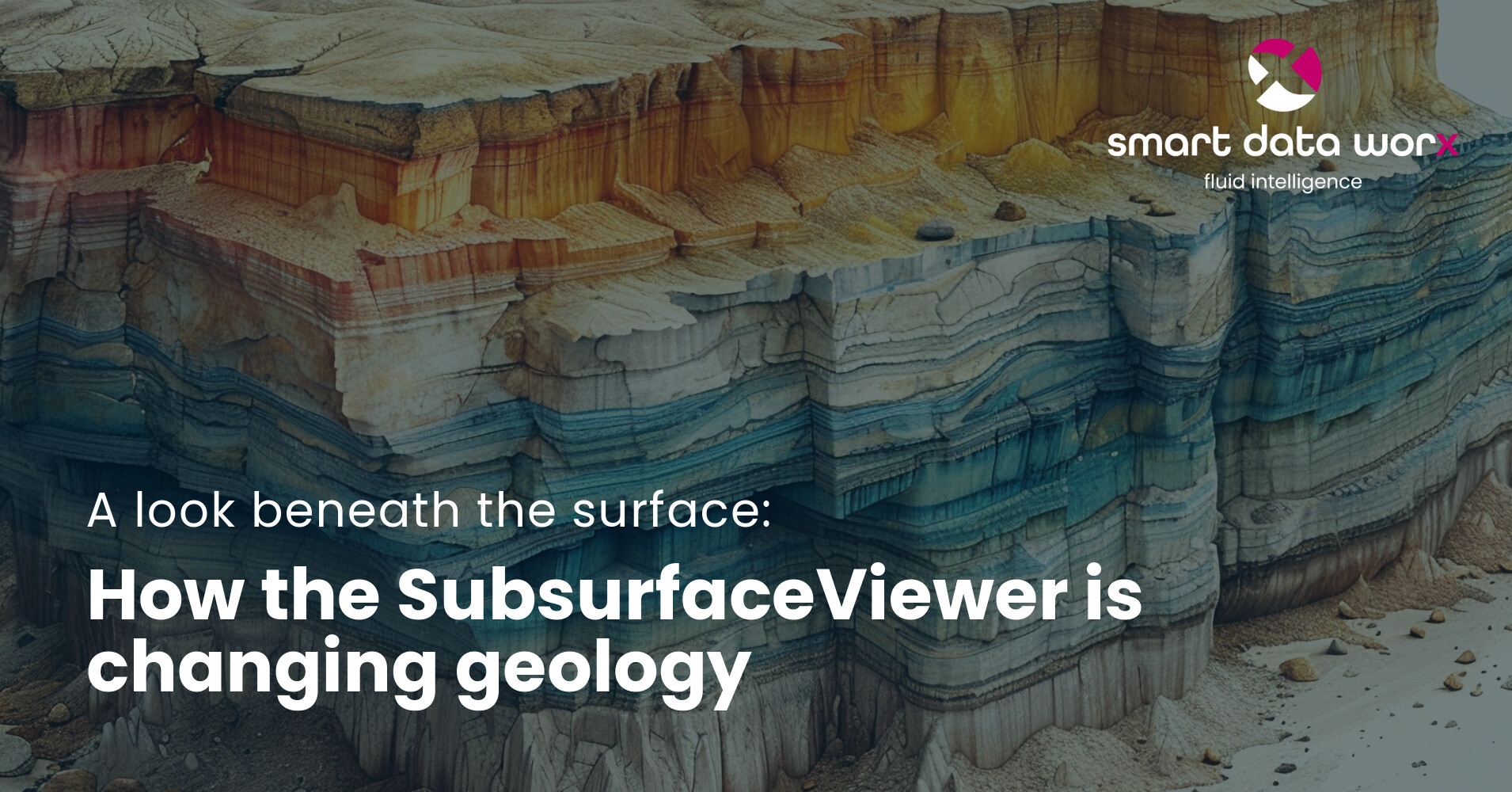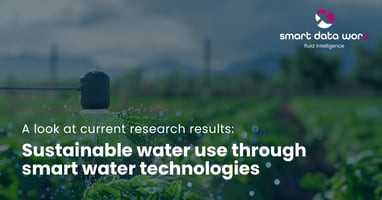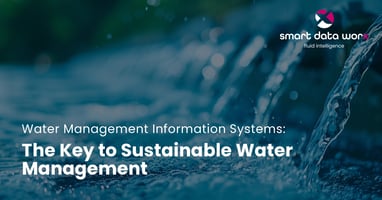Digitalisation is changing almost every area of our lives, including the water sector. The...
How the Subsurface Viewer is changing geology

In today's geological research and practice, precise data and detailed visualisations play a central role. The SubsurfaceViewer is an advanced software solution designed to fulfil exactly these requirements. The software revolutionises the way geologists analyse, interpret and model the subsurface.
Introduction to the SubsurfaceViewer
The SubsurfaceViewer is software developed by geologists for geologists. It is therefore optimally tailored to the needs and challenges of this specialised field. SubsurfaceViewer was originally developed to visualise loose earth masses in a detailed 3D view at regional level. In recent decades, the software has been continuously developed further. This ensures that it always remains at the cutting edge of technology and fulfils current requirements.
Main functions of the SubsurfaceViewer
Creation of geological structure models
The SubsurfaceViewer is a practical software for creating geological structure models. The software enables the simple integration and visualisation of field data such as boreholes, geophysical borehole data and other measurement data in 2D, 3D and as profile sections. Geological maps and digital terrain models can also be integrated to create detailed structural models. These models help to understand and visualise how the various geological layers are distributed and structured.
Geological parameter models
The SubsurfaceViewer offers powerful tools with which geological parameter models can be created. This includes, for example, converting structural models into voxel models and performing calculations within the layers. Thanks to methods such as inverse distance weighting and kriging, geological parameters can be analysed and displayed in detail. These analyses are particularly important for evaluating and planning geological projects.
Analysis of digestion data
Analysing outcrop data is another important field of work for geologists. The SubsurfaceViewer offers a wide range of tools for the statistical analysis and comparison of correlations of georeferenced point data. This data can be displayed in 2D, 3D and as profile sections. This makes it easier to understand geological processes and recognise patterns in the data. The software can do even more: it also supports correlation analyses and data transformations. This allows even more data to be analysed.
Lithological analysis
What makes SubsurfaceViewer special is the ability to perform rock analyses. The software includes useful tools that allow you to translate descriptive drilling data into grain size distributions, mineral and organic components and other lithological parameters. These analyses are really important to understand how rocks are composed and structured. They can also be easily compared with other data.
Spatial multi-criteria analysis (SMCA)
The SubsurfaceViewer also has a grid-based multi-criteria decision system that can be used to weight and analyse various geofactors. This function is very useful when evaluating sites or deciding on complex geological projects. The combination of analytical hierarchy processes and simple linear weightings allows users to make informed decisions based on a variety of factors.
Detailed functions and tools
Calculation of all layers
The SubsurfaceViewer can display all constructed and calculated geological layers with so-called Delaunay triangulations. To do this, the corresponding lines must be created in profile sections or structure maps and the layer distribution must be defined. In addition, a digital terrain model must be defined so that the layers can be calculated. This function is essential for creating precise geological models. Finally, it enables an accurate visualisation of the layer structures.
2D and 3D kriging
The SubsurfaceViewer offers both 2D and 3D kriging for the calculation of geological parameters. Kriging is ideal if the data is not evenly distributed. Kriging is a geostatistical method used to estimate values at unknown points based on the values at known points. It is particularly useful when the data is not evenly distributed as it allows for an accurate estimation of values. This allows you to estimate the values at the unknown points fairly accurately.
Inverse Abstandsgewichtung (IDW)
As a further feature, the SubsurfaceViewer also offers the inverse distance weighting (IDW) method. This method is useful for determining parameters for geological layer models and creating Voronoi diagrams. IDW is particularly suitable when the values at known points play a greater role than those at more distant points.
Tools for line processing
The SubsurfaceViewer contains various tools for editing lines in profile sections. These include tools for condensing and thinning line points, smoothing lines and renaming or deleting lines. These tools are crucial for precise modelling of geological structures and allow users to accurately adjust and refine their mo
Calculation of common layer bases
The SubsurfaceViewer can be used to calculate common bases for several layers. A selected layer serves as a reference and its base is used as a scale. This function is useful because it makes it easy to create consistent models. This ensures that all layers are correctly aligned.
Practical applications and advantages
The SubsurfaceViewer is an indispensable tool for many projects. For example, the software was used in collaboration with the Geological Survey of Bangladesh to create detailed geological models. Such models are crucial for understanding the geological conditions of an area and making good decisions based on them.
SubsurfaceViewer's ability to create accurate geological models and analyse complex data leads to better decisions in the planning and implementation of geological projects. This contributes to the efficient use of resources and minimises the risk of unexpected problems during project implementation.
Future prospects
The SubsurfaceViewer is being continuously developed to meet the growing demands of users and to integrate new technologies. Planned enhancements include semi-automated model generation and the improvement of existing functions. This continuous development ensures that the SubsurfaceViewer will remain an indispensable tool for geologists in the future.
SubsurfaceViewer has fundamentally changed the way geologists analyse and interpret the subsurface. Its versatile features and continuous development provide valuable support for creating accurate geological models and performing complex analyses. In a world where accurate geological data is crucial, SubsurfaceViewer is an indispensable tool that has revolutionised the work of geologists.


